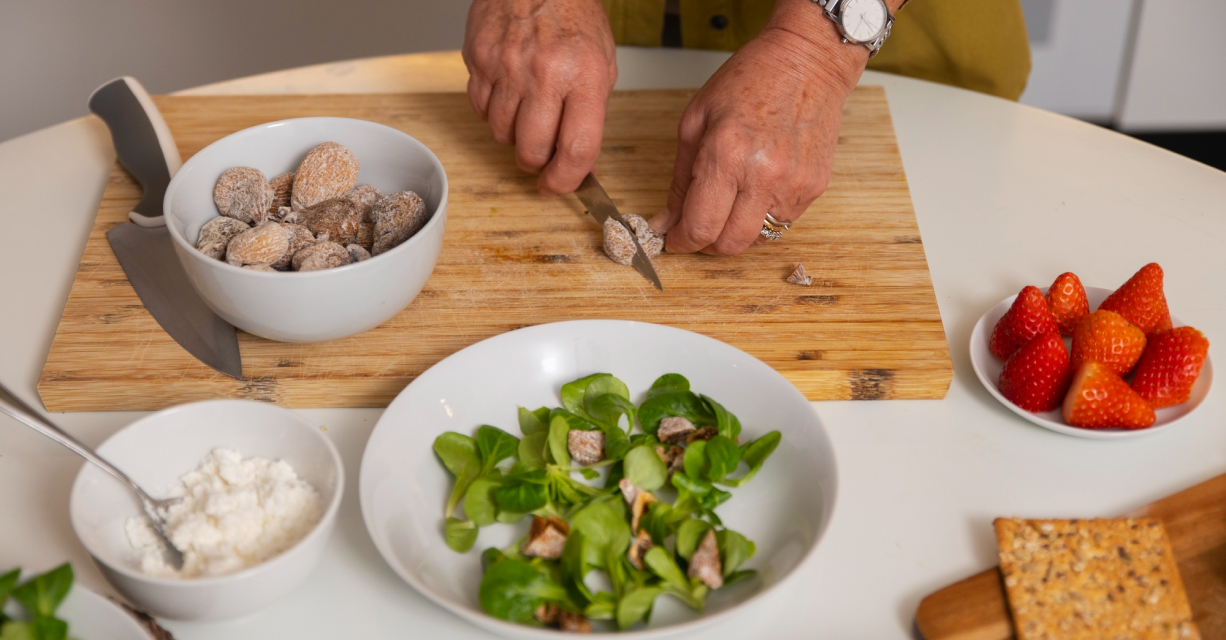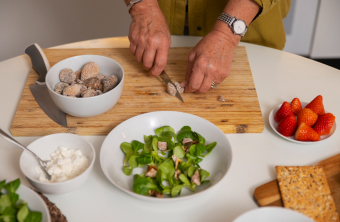

In today’s world, sustainable eating is more important than ever. With increasing awareness about the impact of our food choices on the environment, many people are looking for ways to cook and eat in a more eco-friendly manner. Sustainable eating involves choosing foods that are produced in ways that protect the environment, conserve resources, and minimize waste. Here’s how you can adopt sustainable cooking practices and minimize waste in your kitchen.
Sustainable eating is about more than just the food itself; it encompasses the entire lifecycle of food production, from how it’s grown and harvested to how it’s transported and disposed of. Key principles of sustainable eating include:
Meal planning is a crucial step in minimizing food waste. By planning your meals for the week, you can buy only what you need and avoid over-purchasing.
Proper storage can extend the life of your ingredients and prevent waste.
Many parts of fruits, vegetables, and meats that are often discarded are actually edible and nutritious.
Composting is an excellent way to recycle food scraps and reduce landfill waste. Composting can be done at home, even in small spaces.
Adopt cooking practices that minimize waste and maximize the use of all ingredients.
Ingredients:
Instructions:
Ingredients:
Instructions:
Ingredients:
Instructions:
In addition to cooking practices, sustainable eating starts with how you shop for food. Here are some tips for making eco-friendly choices at the grocery store:
Embracing sustainable eating habits offers numerous benefits, not just for the environment but also for your health and wallet:
Sustainable eating is a journey that starts with small, mindful changes in how we cook and consume food. By planning meals, storing food properly, utilizing all parts of ingredients, composting scraps, and adopting eco-friendly shopping habits, you can significantly reduce waste and make a positive impact on the environment. Cooking with minimal waste not only benefits the planet but also enhances your culinary creativity and connection to the food you eat. So, embrace sustainable cooking practices and enjoy the delicious rewards of a greener kitchen.